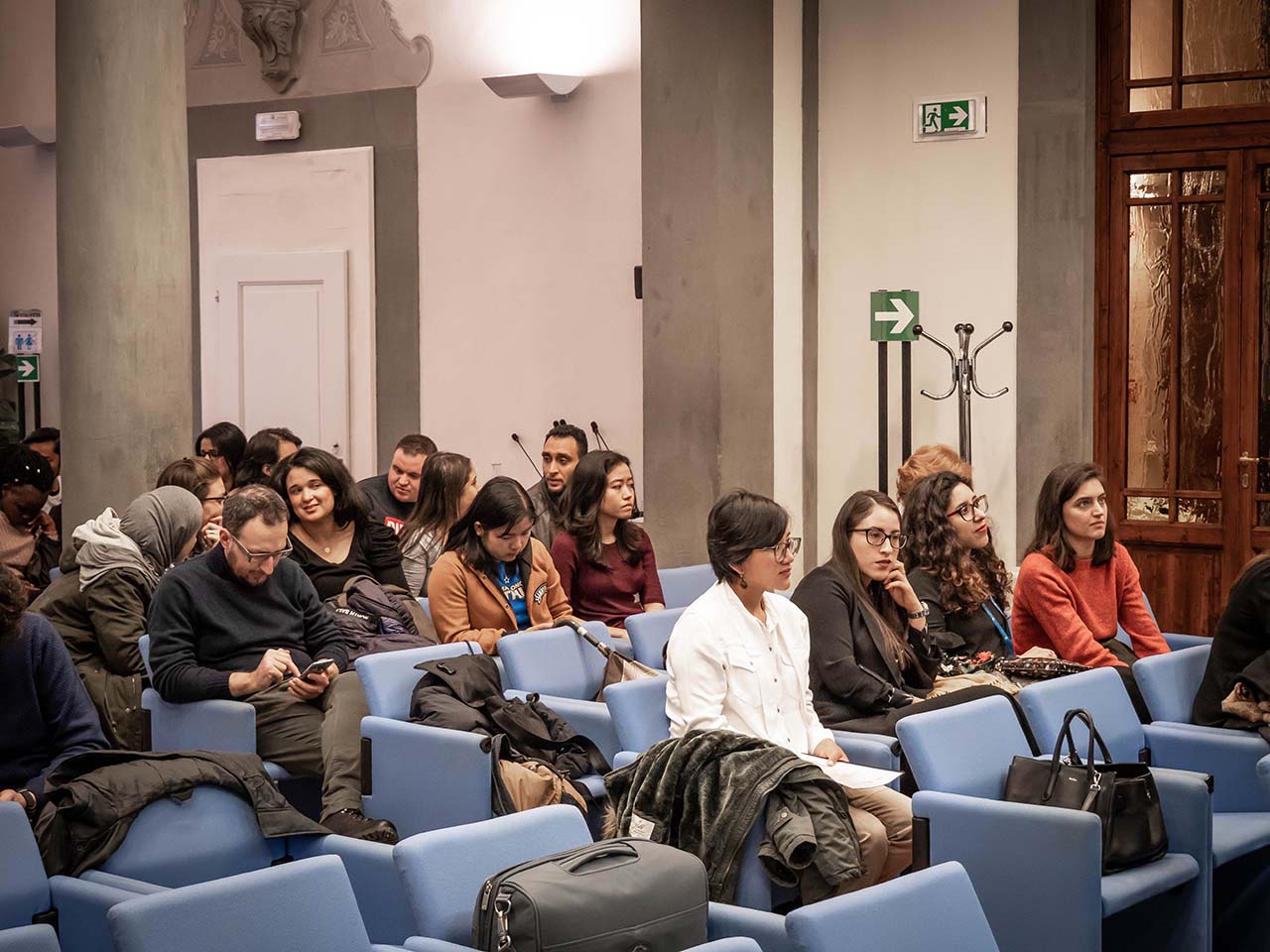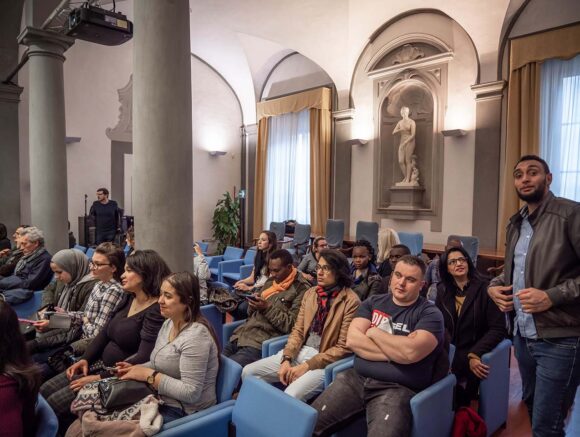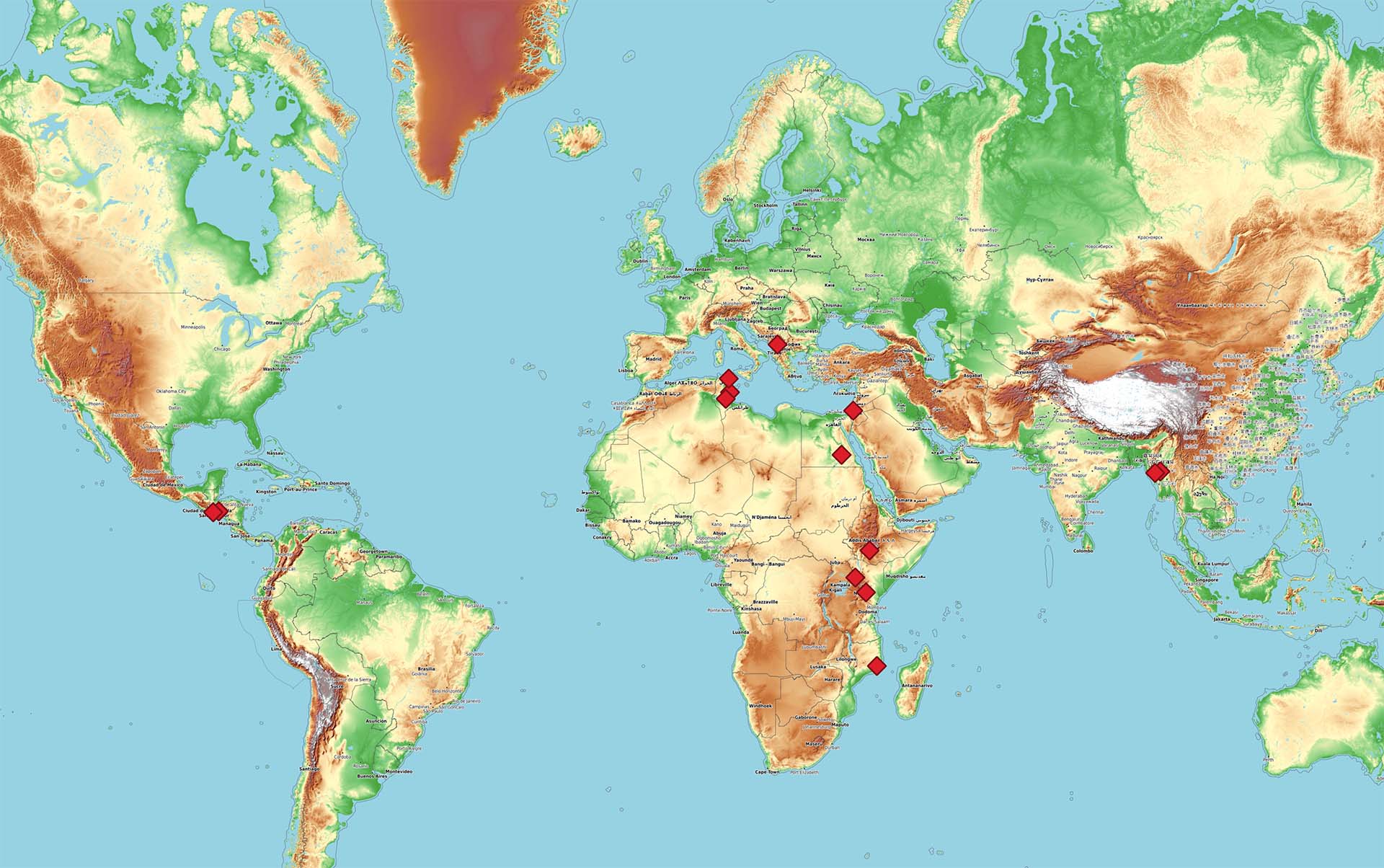A1: Agricultural Heritage Systems Master Course 2019-2020
The second edition of the Master course started in February 2020 and finished in November 2020.
49 applications have been received from 12 AICS Priority Countries and other 15 applications from other 7 different countries.
17 students coming from AICS Priority Countries (Albania, Cuba, Egypt El Salvador, Ethiopia, Kenya, Mozambique, Myanmar, Palestine, Tunisia) and 6 from other countries (Bolivia, Iran, Italy, Peru) for a total of 23 students (16 women) have been selected and participated in the master course.
From the beginning of March 2020 due to the COVID-19 pandemic, face-to-face lessons, field visits and the final stage, have been interrupted. Despite the emergency all the scheduled lessons and the exams have been carried out according to the official timetable.
A meeting was organized at the University of Florence – PIN Headquarters, between the students of the Master Course and Dr. MariaClelia Puzzo from GIAHS Secretariat, in order to introduce the GIAHS programme and to explain the students how a GIAHS proposal has to be done. Since it was not possible to organize the GIAHS meeting in FAO Headquarters in Rome due to COVID-19 pandemic, a second meeting was organized on-line on in April, also with the participation of two students of the previous year of the Master Course that have spent some months for an internship at FAO.
A2: Identification of potential GIAHS sites in the Priority Countries of the Italian Agency for Development Cooperation.
14 new potential GIAHS sites have been identified together with the students of the master course and through the use of remote sensing analysis and the use of GIS software:
- Albania – Agricultural Production on the Slopes of Gabrice, Bicaj
- Egypt – Mango production system in the Nubian village of West Aswan
- El Salvador – Agroforestry system of coffee crops in the Cordillera de Cacahuatique, Ciudad Barrios
- El Salvador – GIAHS proposal based on the Mesoamerican Milpa System on Comasagua, La Libertad
- Ethiopia – Gedeo Mixed Cultural Multi-Story Agroforestry System and Natural Landscape
- Kenya – Assessing the viability of Agricultural Heritage System in in Makueni county Kenya
- Kenya – Agroforestry system of the Sengwer Embobut, Cherengany Hills
- Mozambique – Nampula-Angoche, valorization of production of local varieties of rice
- Myanmar – Traditional Agricultural System of Bagan
- Myanmar – Shifting Cultivation Agricultural System of Kanpalet Township, Chin State
- Palestine – Battir, a Holistic Agricultural Heritage Site
- Tunisia – The Charfia System in Kerkennah islands
- Tunisia – Coastal landscapes in the Cap Bon peninsula
- Tunisia – Coastal Oases of Zarat, Gabes
A3: communication and dissemination of the results of the project and of the opportunities offered by the GIAHS program.
- Management of the website and of social channels, editing of press releases, relations with the media.
- Organization of two “Special Sessions on Agriculture and Forest Heritage” in the framework of the “20th Anniversary celebration of the European Landscape Convention”, Florence, October 2020 (https://www.agriculturalheritage.com/international-conference-florence-16-october-2020-agriculture-and-forest-heritage-systems/)
Scientific researches on international scientific journals:
- Santoro A., Venturi M., Agnoletti M. (2020). Agricultural Heritage Systems and Landscape Perception among Tourists. The Case of Lamole, Chianti (Italy). Sustainability, 12(9), 3509. (https://www.mdpi.com/2071-1050/12/9/3509)
- Santoro A., Venturi M., Ben Maachia S., Benyahia F., Corrieri F, Piras F., Agnoletti M. (2020). Agroforestry heritage systems as agrobiodiversity hotspots. The case of the mountain oases of Tunisia. Sustainability, 2(10), 4054. (https://www.mdpi.com/2071-1050/12/10/4054)





